S
Sinan
Guest
Bro, did i say otherwise, please be fair.Calm down. His statement is factually correct. If MMU becomes reality, the plane will eventually developed further. What's wrong with his posting?
Latest Thread
Bro, did i say otherwise, please be fair.Calm down. His statement is factually correct. If MMU becomes reality, the plane will eventually developed further. What's wrong with his posting?
"False information", "false claims", who are you calling a liar when I am saying my opinion.I think there is a slight misunderstanding here. We certainly don't want this forum to be filled with false information, so Sinan does have a point, but what Zafer is saying may turn out to be correct, but it is presented as a fact rather than a speculation (in the first post)
What we know is MMU may start as a 4.5 gen, before entering service as a 5th gen fighter. However it is often touted as being 5+, meaning that there is room for future upgrades.
I wouldn't really call this a family, more of a planned evolution. Also, we don't know much about its autonomous capabilities, who knows, Goksungur and TAI's future fighter drones may be prioritised instead, and MMU may rely mainly on human input, with some AI to aid the pilot.
We don't really know if MMU will have specific variants, but chances are it will be solely focused on air superiority like the F-22, along with the capability to strike ground targets. Though it must be mentioned that by 2030 we should have supersonic drones for the purpose of ground attack.
MMU won't be like the F-35 family, with the A, B & C variants. Neither will it be like the F-18 family, with specialized variants like the Growler (for EW). No, it'll be Turkey's version of the F-22 and its design will be homed in until it's perfect, perhaps being heavily modified decades later to keep up with the latest tech.
MMU won't have a twin seat variant, the Hurjet will likely suffice as an advanced jet trainer. As for a version which can launch from a carrier, who knows at this point. This is a possibility. Truth be told, we are just speculating at this point. But let's not get too ahead of ourselves.
Our drones will fill in niches and each drone will be part of its own family. Meanwhile the MMU is very early in its development, but everything indicates that it will be a platform solely built for one purpose and the entire fleet will likely be upgraded all to the same specification when the time comes.
Yes, like Zafer said, it could become a family. But everything currently indicates that it won't. Just to be clear Zafer isn't the only one who said this, I've seen it on a Turkish YouTube channel.
Now let me just turn everything I said upside down... If MMU is fully autonomous, we could see a "cockpitless" version, which could then be developed into a family of drones. But let me flip the switch once again. Would this even be necassary with the Goksungur and MIUS coming up? Probably not.
The future is going to favour drones. Air superiority fighters will be the last to transition to be unmanned because as of now a pilot is still superior to AI (this could already be changing). But everything else such as attack aircraft, bombers, strike-fighters, EW aircraft will all be drones surprisingly soon. Expect a single drone platform to diversify into many variants. Meanwhile, as mentioned earlier, the only niche which will be dominated by manned aircraft will be air superiority fighters... until AI catches up. This greatly limits the amount of variants we could expect for the MMU "family"
In my opinion this is the most variation I can see:
- MMU standard variant
- MMU carrier variant
Continuous upgrades to both, in blocks/phases, different loadouts depending on the mission.
False
"False information", "false claims", who are you calling a liar when I am saying my opinion.
Yourself are claiming many things, stop lying.
What I understand from this is the runway will be able to withstand the heat of a downward exhaust. The AC should be able to support arrested landing of TFX as well. The suggested length of the AC should be able to support 23 TFX planes on the main deck. This size of a carrier can be powered by gas turbine engines and not require nuclear power. Not having nuclear means the catapults will be electromagnetic and not steam. This can allow for easier deployment of directed energy and rail-gun weapons supported by a common electrical system. Let's hope for the best.runway will allow the STOVL aircrafts for take off and land
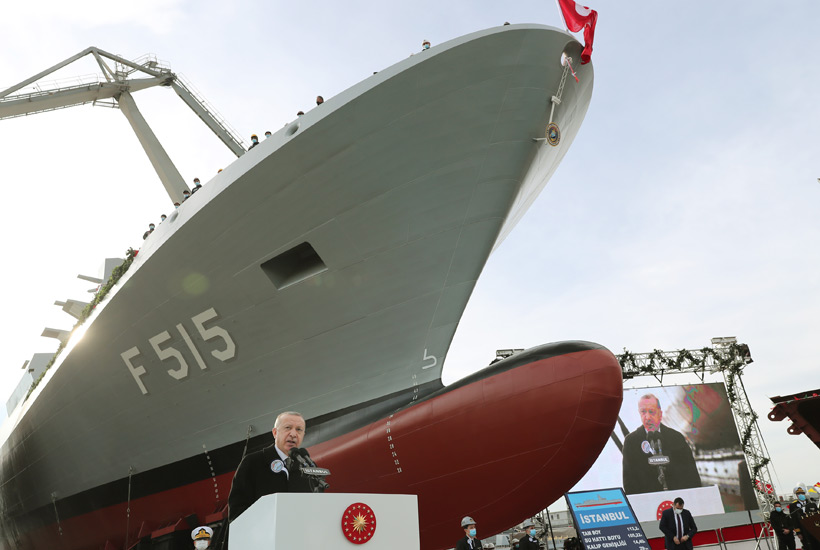
 www.middleeasteye.net
www.middleeasteye.net
If tackled before 2030 it is a waste of money. We need to wait until TFX., economy and support ships are ready before undertaking a program as big as this and channelling funds that are needed for other areas of the defence industry.Basically Turkey inquired about buying 'a brand new Queen Elizabeth-class aircraft carrier or a decommissioned one, but British officials denied that request.'
But in return British officials 'offered to sell the design of an aircraft carrier and provide technical support during the construction in Turkey'.
Finally according to the article, a Turkish source said 'After the consultations with the British government, Turkey has decided to build its own ship, instead of purchasing it'.
Imo It is not clear whether the British offer to sell the design went through or not, but i'm guessing it has. Especially since Erdogan was quite vocal about building an AC, which means the project is maturing. If this happens, i expect something like what happen with Navantia and TCG Anadolu.
So it seems Turkey is going with a fully local design according to Ragip Soylu....Basically Turkey inquired about buying 'a brand new Queen Elizabeth-class aircraft carrier or a decommissioned one, but British officials denied that request.'
But in return British officials 'offered to sell the design of an aircraft carrier and provide technical support during the construction in Turkey'.
Finally according to the article, a Turkish source said 'After the consultations with the British government, Turkey has decided to build its own ship, instead of purchasing it'.
Imo It is not clear whether the British offer to sell the design went through or not, but i'm guessing it has. Especially since Erdogan was quite vocal about building an AC, which means the project is maturing. If this happens, i expect something like what happen with Navantia and TCG Anadolu.
Ragip soylu is historically a accurate source tho.Main source is Middle East Eye, don't take that too serious.
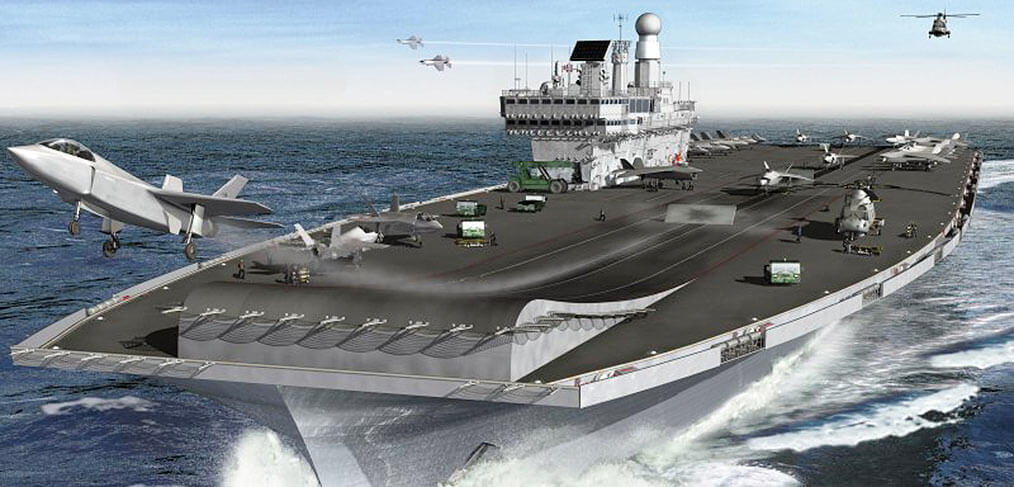
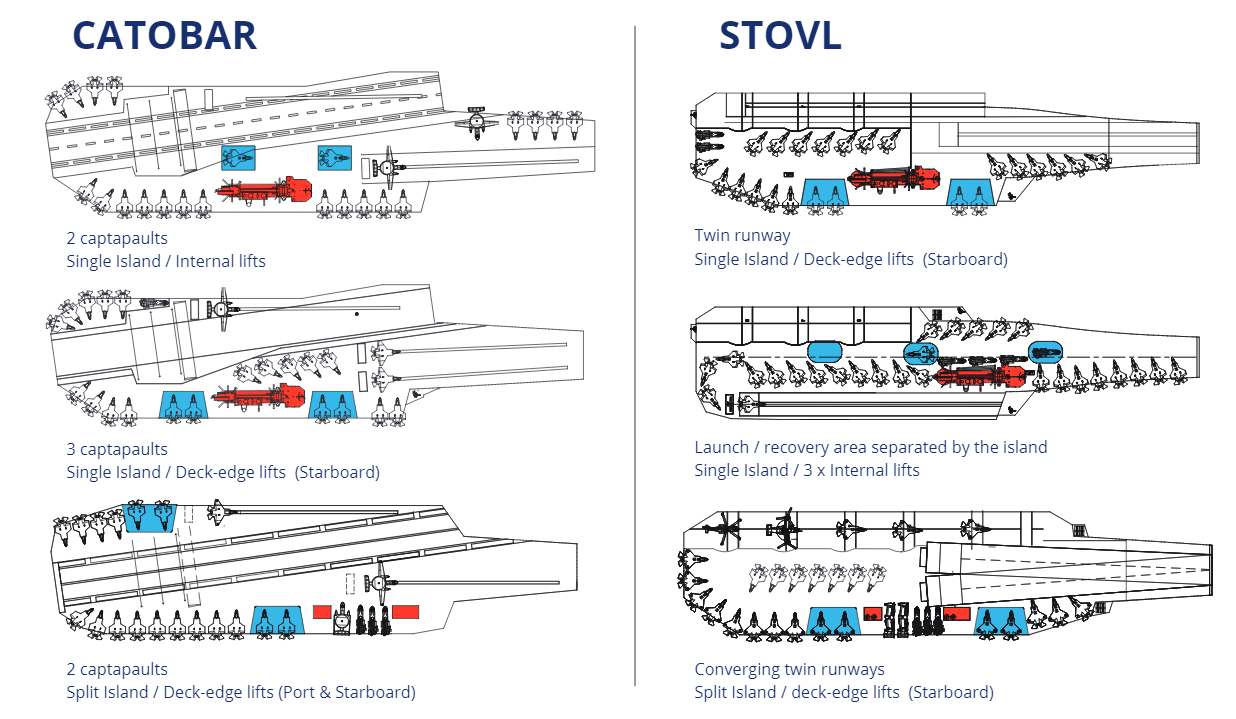
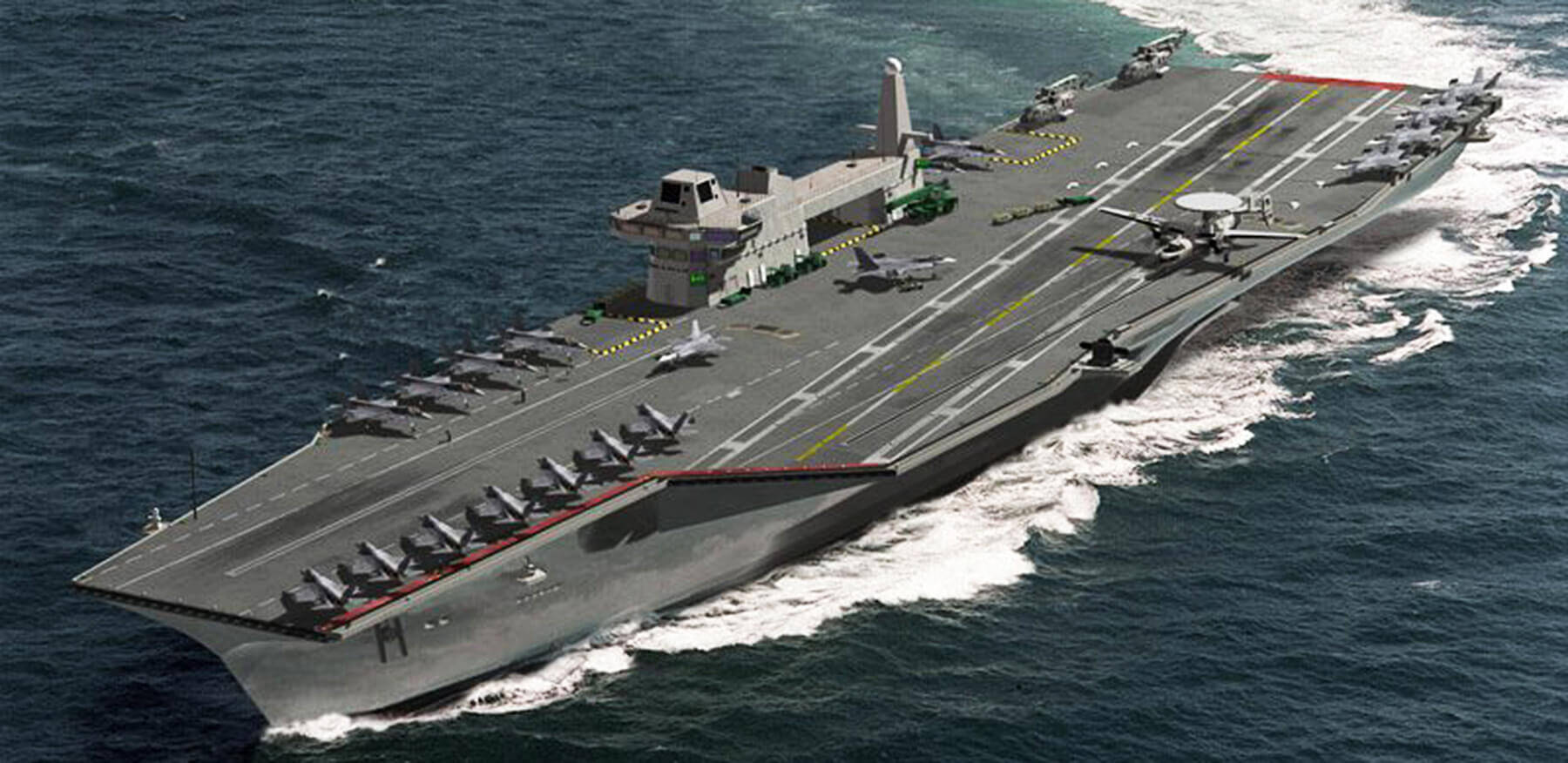
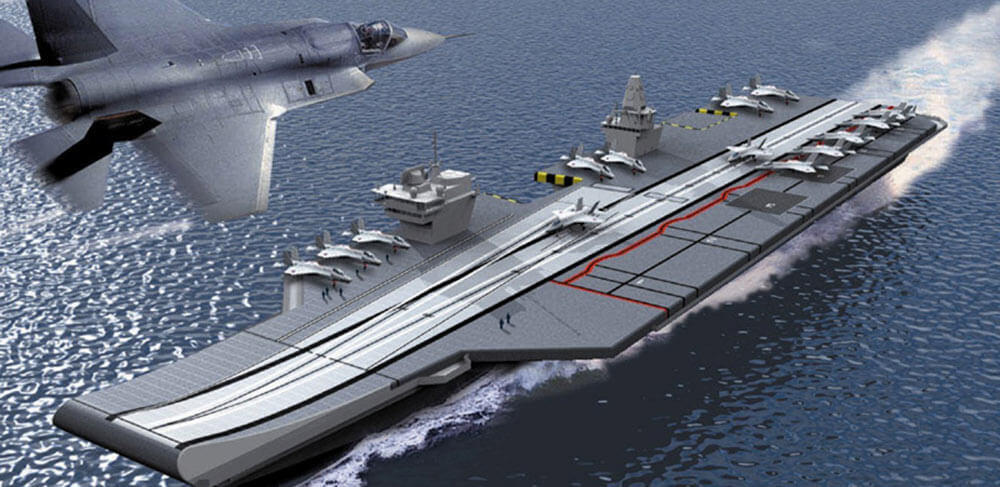
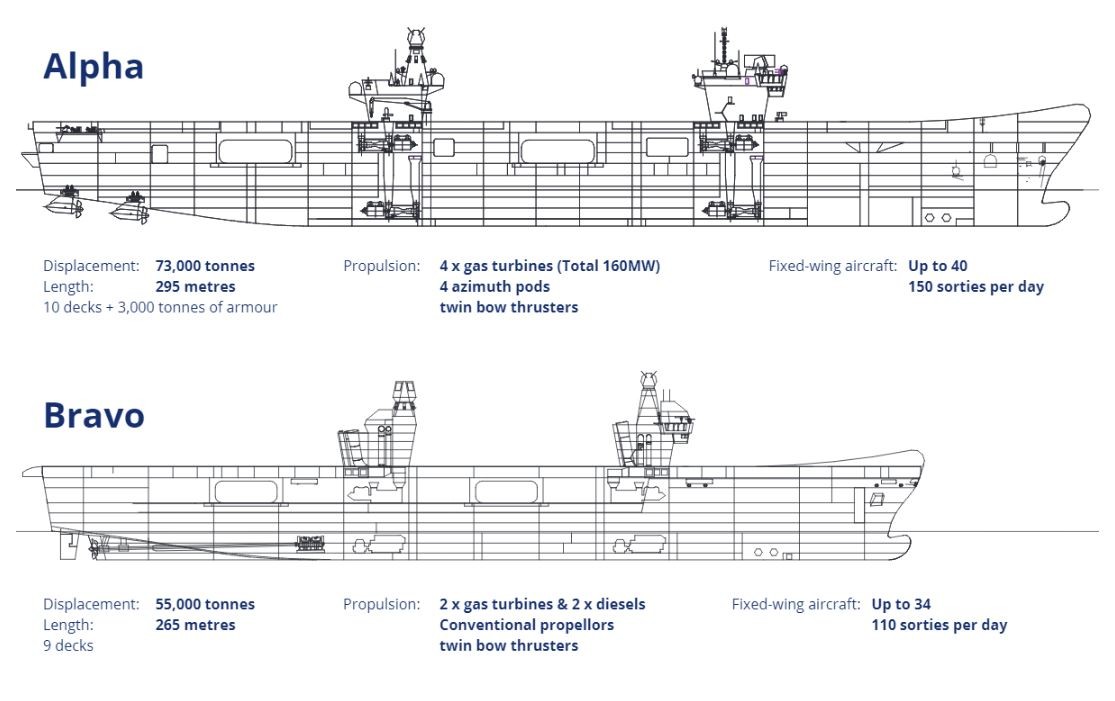
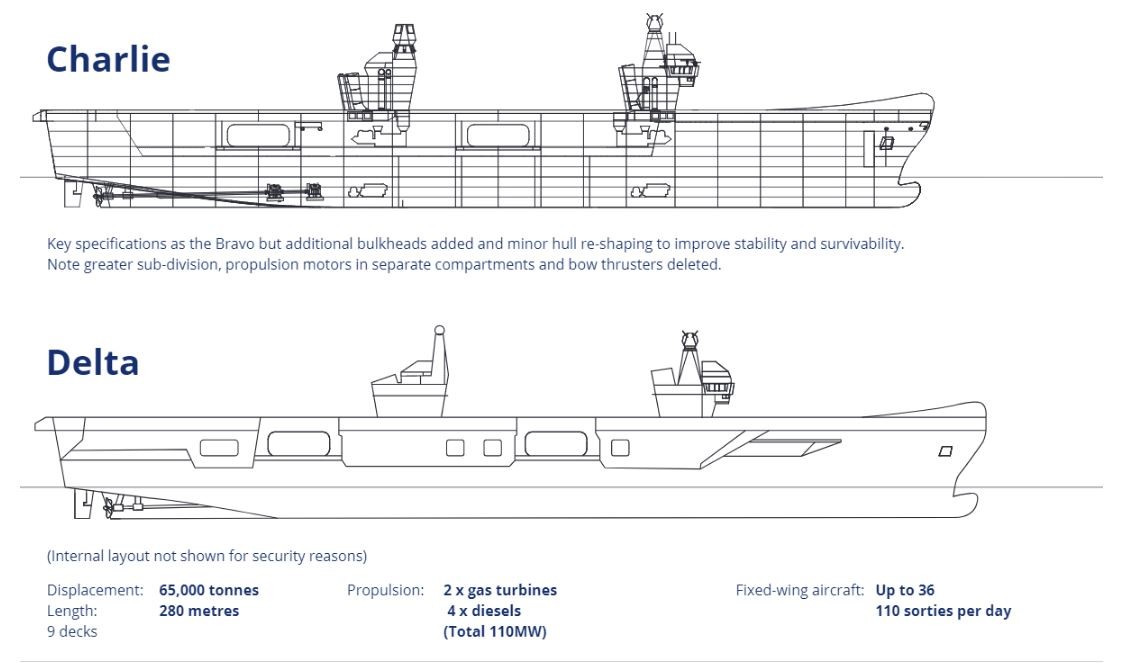
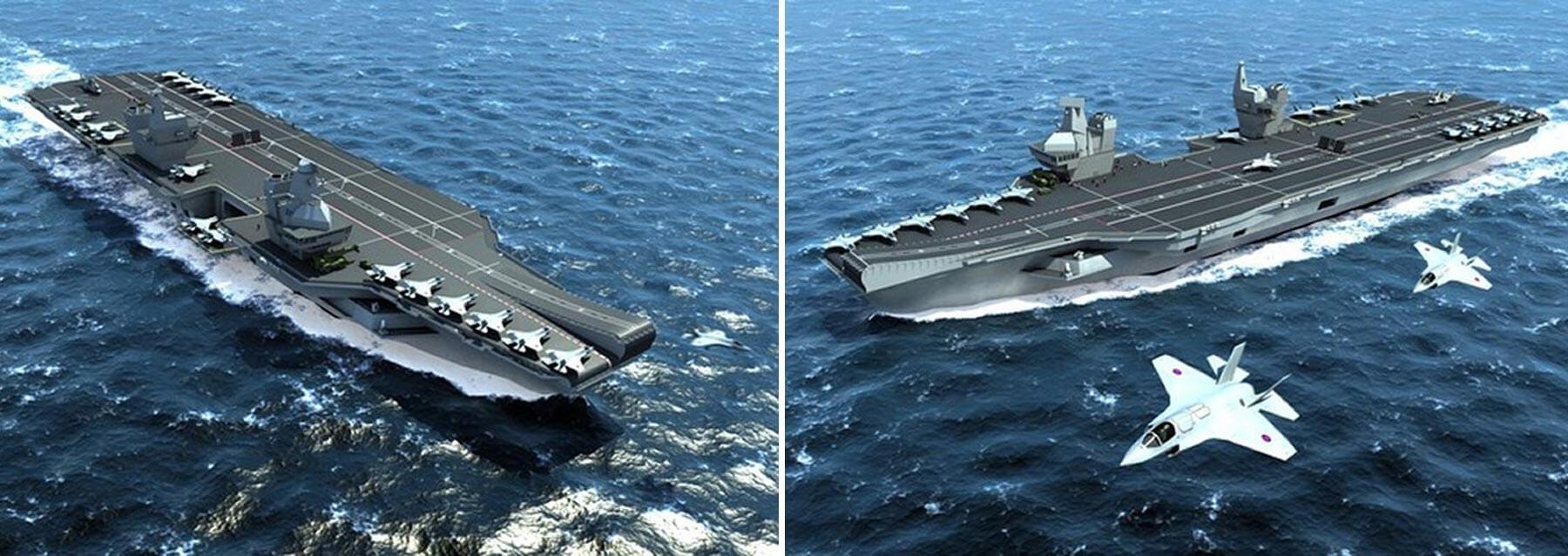
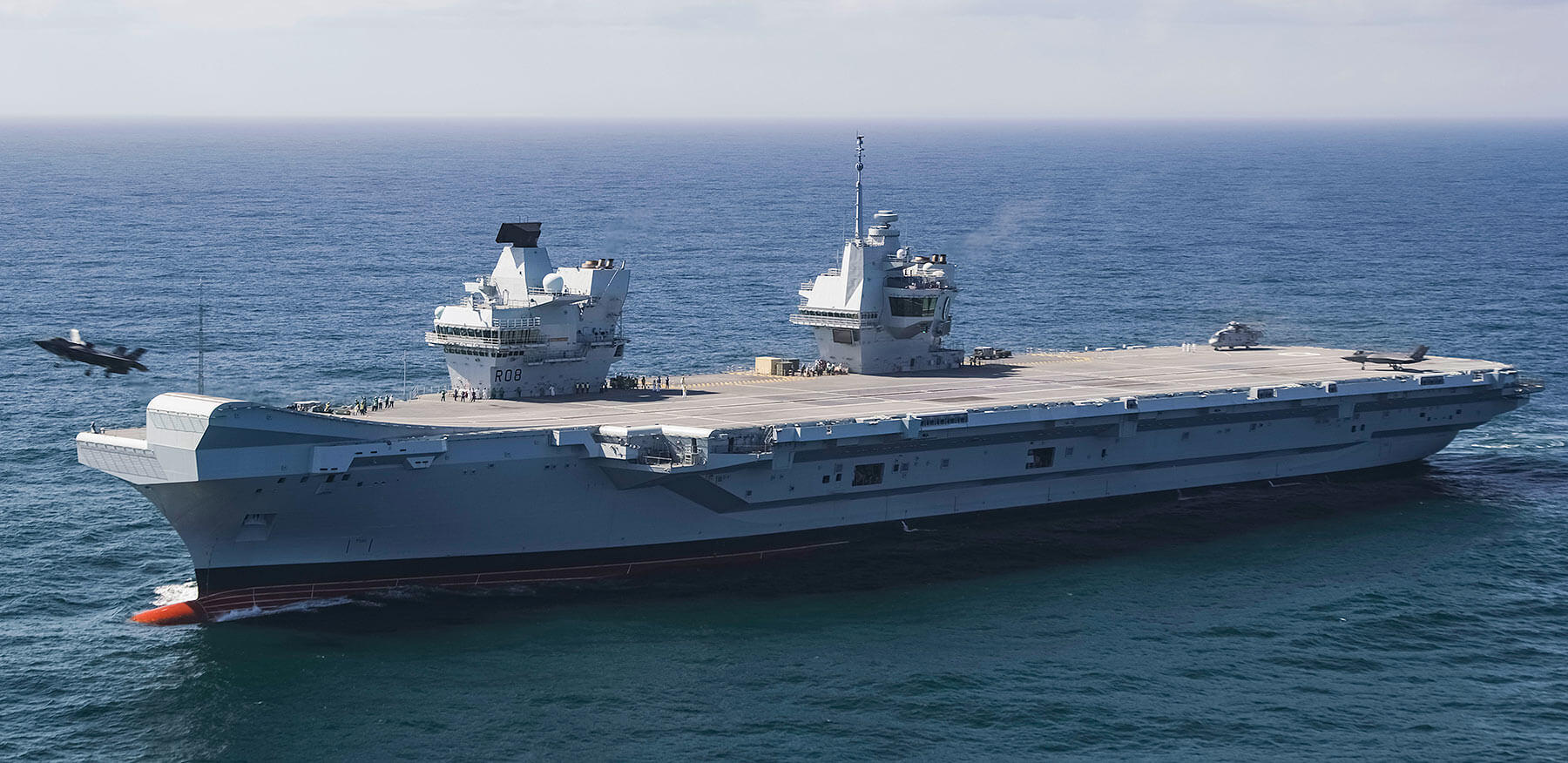
RN studies had decisively concluded that a larger ship is cheaper to build in terms of cost per tonne but also has lower maintenance costs
global trend for larger combatants
A larger ship also met the criteria for sortie generation, adaptability, comfortable accommodation standards and the ability to embark extra personnel and aircraft in an emergency. The bigger ship is also easier to upgrade in future, a major consideration for a vessel with a planned lifespan of 50 years.
Selecting a large ship offers a generous allowance for weight growth margins of up to 16% for additional equipment to be added through the planned 50-year life of the ship.
The development of such large and complex vessels was never likely to be entirely straightforward but most of the hindrances have been more political than technical.
If our engineers will take 7 years to navalize a plane which already is slated to hit the air in 2023 they must be willing to get hanged one by one at the Taksim Square or optionally the Kızılay Square.I believe navalising Hurjet would be the quickest way- but if a naval version is being developed parallel to training and light attack versions of Hurjet - we may see it within the decade or sooner.
